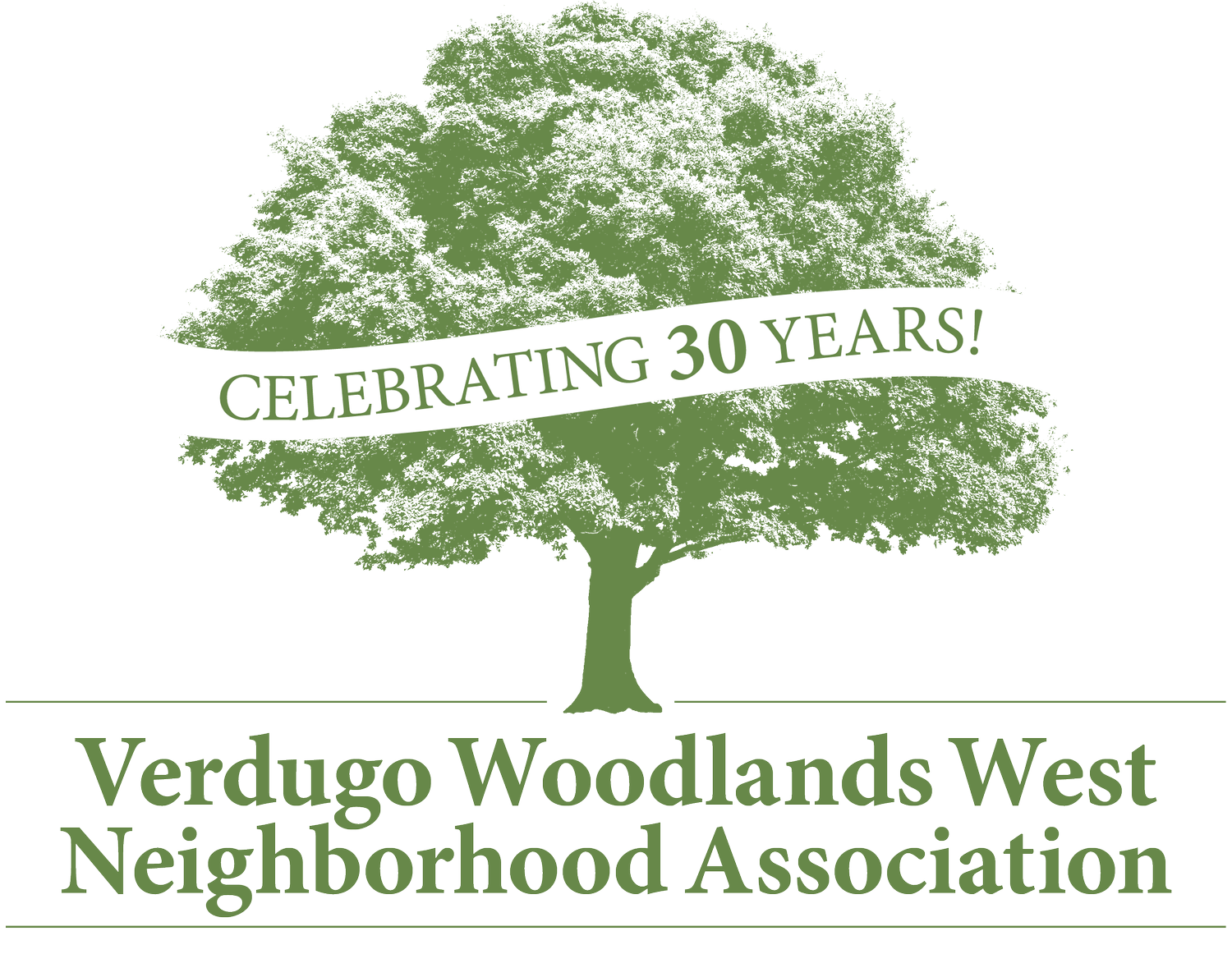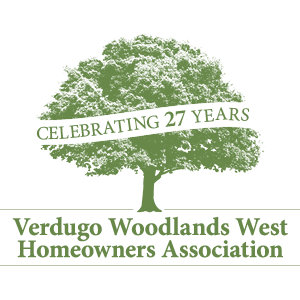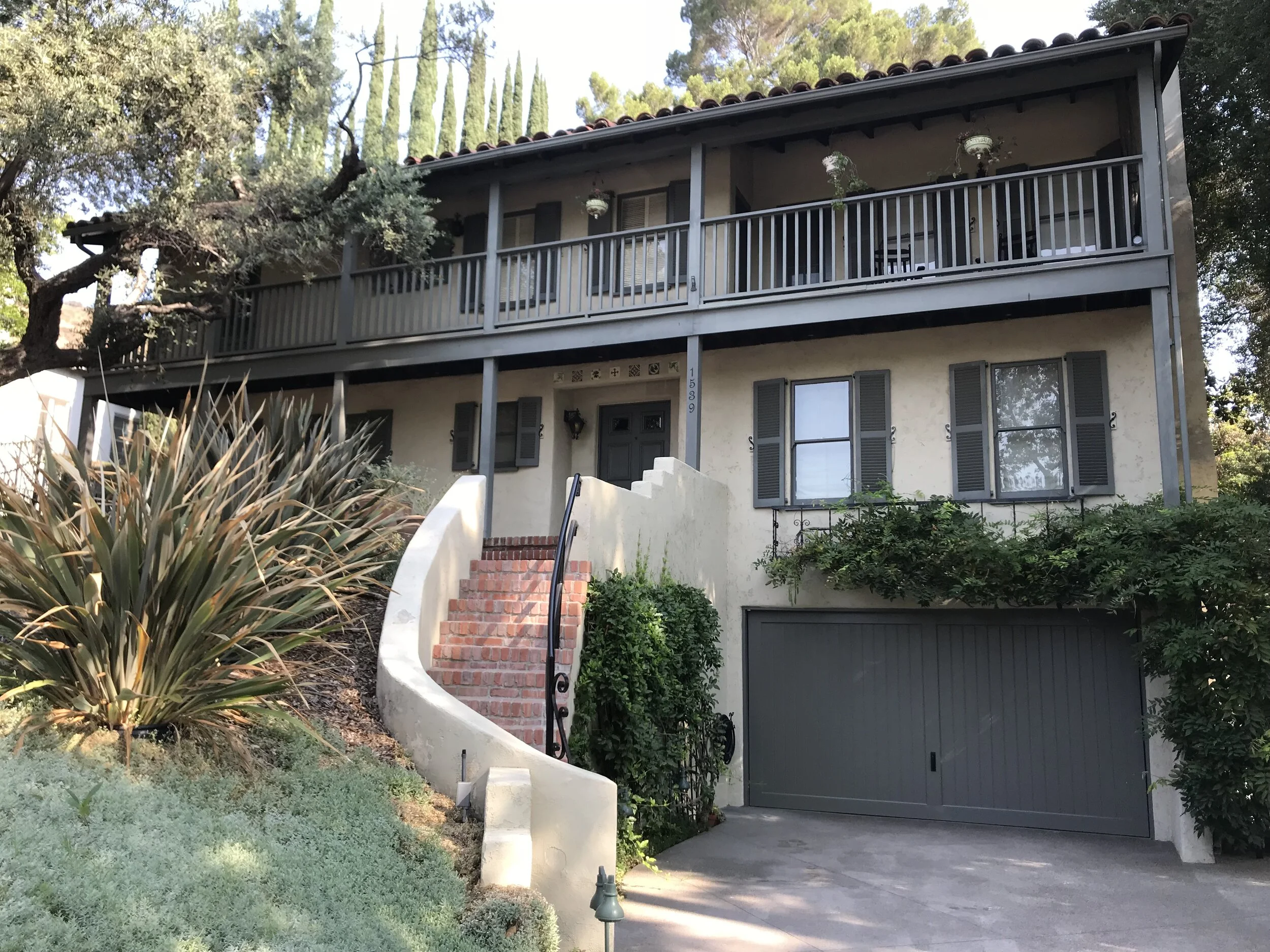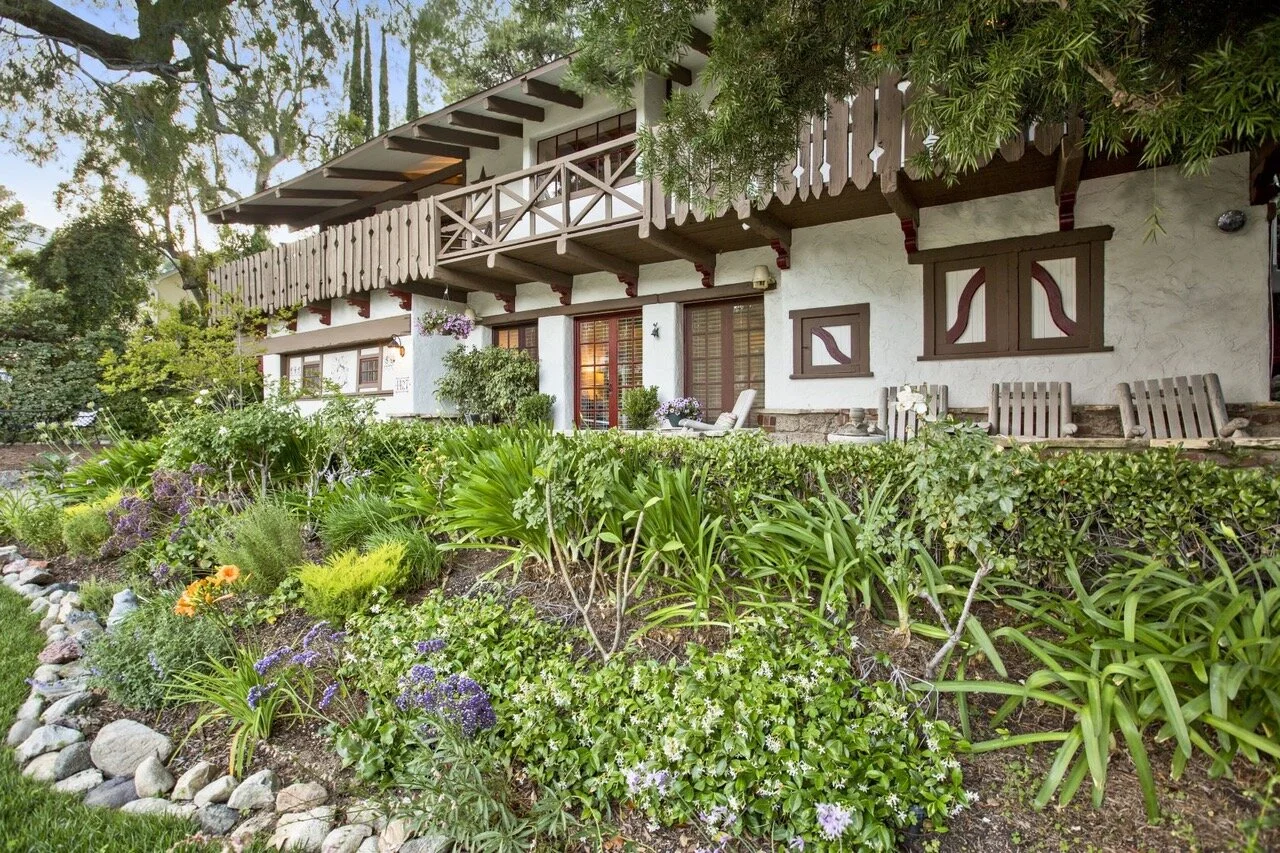Welcome to the Woodlands
Verdugo Woodlands West is a beautiful residential area in northeast Glendale. Nestled in a lush valley between the Verdugo Mountains and the San Rafael Hills, it encompasses the area west of Verdugo Road, south of Oakmont Country Club, and north of Verdugo Park.
The Woodlands is named for and filled with a wonderful variety of trees including coast live oak, jacaranda and sycamore. It has a rich Spanish, Mexican and American history dating from 1784. The oldest existing structure, the Catalina Verdugo Adobe, was constructed circa 1828.
The homeowners of the Verdugo Woodlands are proud of their neighborhood and have created this Homeowners Association to help keep the Woodlands a wonderful place to live, to raise children and to call home.
The Woodlands Today
The area covered by the Verdugo Woodlands West Homeowners Association has some of the most interesting properties in Glendale.
We seek to preserve the special character of our neighborhood by minimizing the over development and “mansionization” that has plagued other areas of the city. In fact our association’s mission statement is:
To preserve the low-profile, single-family characteristics and aesthetics which are unique to the Verdugo Woodlands, and to provide a forum for the discussion of civic issues which may directly affect the Verdugo Woodlands.
At the latest count, Verdugo Woodlands West includes over 1,100 single-family homes, almost 50 multi-family houses, and approximately 15 commercial buildings. The Woodlands has predominately single family, one- and two-story homes set on sizable lots. Since nearly all of Verdugo Woodlands West was developed before the 1970s, the area has a range of historic architectural styles, thousands of beautiful mature trees and very few vacant lots.
The Verdugo Woodlands West area includes the historic Catalina Verdugo Adobe and Verdugo Woodlands Elementary School. It has a Korean Church, a Latter Day Saints Church Institute of Religion and a small commercial block on Cañada Blvd. It encompasses part of Glorietta Park and all of Verdugo Park.
Did you know?
Verdugo Park has been popular since at least the 1890s and, in its current form, was designed by Ruth Shellhorn, along with Ralph Cornell, in 1945. Shellhorn created an iconic mid-century landscape aesthetic throughout southern California, including, most famously, Disneyland. The American Society of Landscape Architects has a prize named for her.
Verdugo Woodlands West also boasts both the Casey Stengel Baseball Field and the Babe Herman Little League Field. It is home to Glendale Fire Station 24 and the Verdugo Woodlands Dads’ Club Youth House. The annual Verdugo Woodlands Fathers’ Follies and the annual Dads’ Club Pancake Breakfast have both been fixtures of the neighborhood for decades.
Residents created the Niodrara Drive Historic District in 2016. It encompasses 32 period Revival, Traditional, Ranch, and Mid-century Modern houses along Niodrara and Fernbrook Place, as well as parts of Hillside Dr. and Wabasso Way. The landscaping is an important part of the historic district. A natural stream used to run along both sides of the street, and early developers incorporated river rock elements—including an ornamental stream bed, street curb, and bridges—into the design.
The Verdugo Woodlands is home to many beautiful historic houses, including four that have been placed on the Glendale Register by the owners. They are:
Rodriguez House
On Niodrara Drive, designed and built in 1940-1941 by world renowned Modern architect Rudolph Schindler.
Willard House
On Blanchard Drive, a charming “storybook” style 1920s house and the former home of heavyweight boxing champion, Jess Willard.
Joy House
On El Rito Avenue, an exemplary Monterey Revival house designed by architect Edward L. Mayberry. Former residence of beloved long-time Woodlands residents and former HOA President Mirna Stanley and her husband Curtis.
Austin House
On Andenes Drive, a rare Swiss Chalet Revival home built in 1937 by a contractor who was also a Hollywood set builder, using reclaimed materials from around southern California.
And just outside our HOA boundaries but worth a mention:
Whittick House
On Pasa Glen Drive, an eclectic split-level in a combination of English and French Revival styles, built between 1941-1947 by owners William and Elina Whittick.
Verdugo Woodlands West begins in the South at the point where Cañada Blvd and Verdugo Road divide in front of Glendale College. The Eastern boundary continues up the West Side of Verdugo Road past Glorietta Avenue. The Northern Boundary slices through Glorietta Park across Cañada Blvd and along Santa Barbara Ave. to Hermosita Drive. The West boundary includes all of the streets and homes built adjacent to and extending into the Verdugo Mountains. The boundary then continues South to the ridgeline separating the Verdugo Woodlands Neighborhood from the Greenbriar Neighborhood. The boundary proceeds down the ridgeline to the West edge of Verdugo Park where it encompasses the park before closing the loop back at the point.








